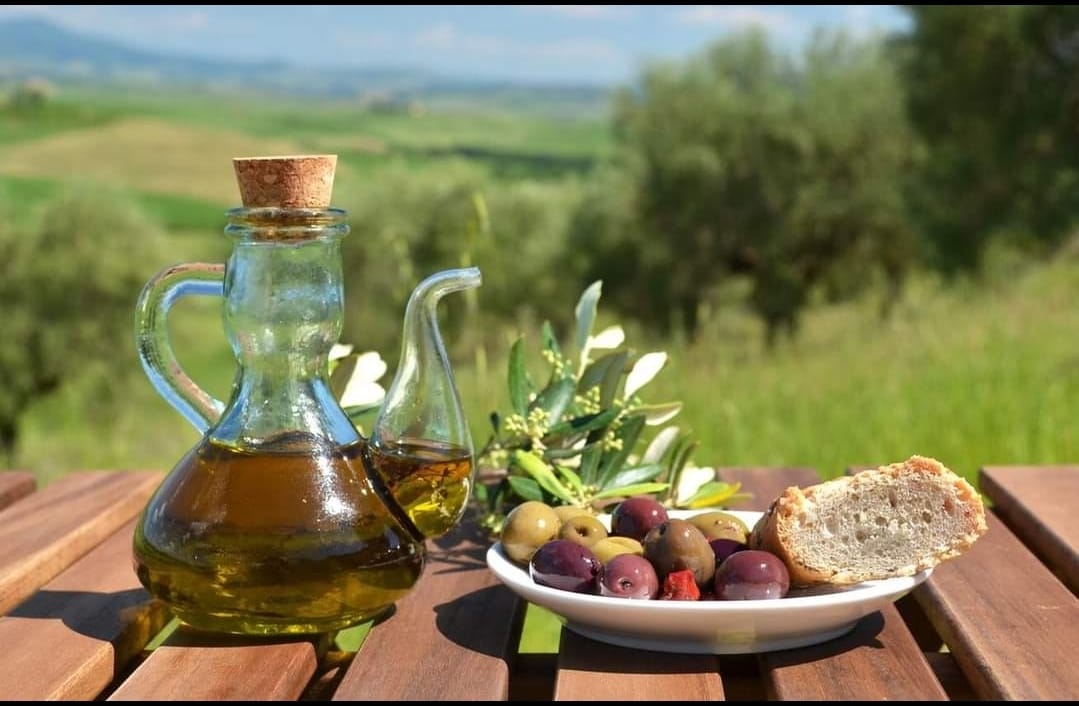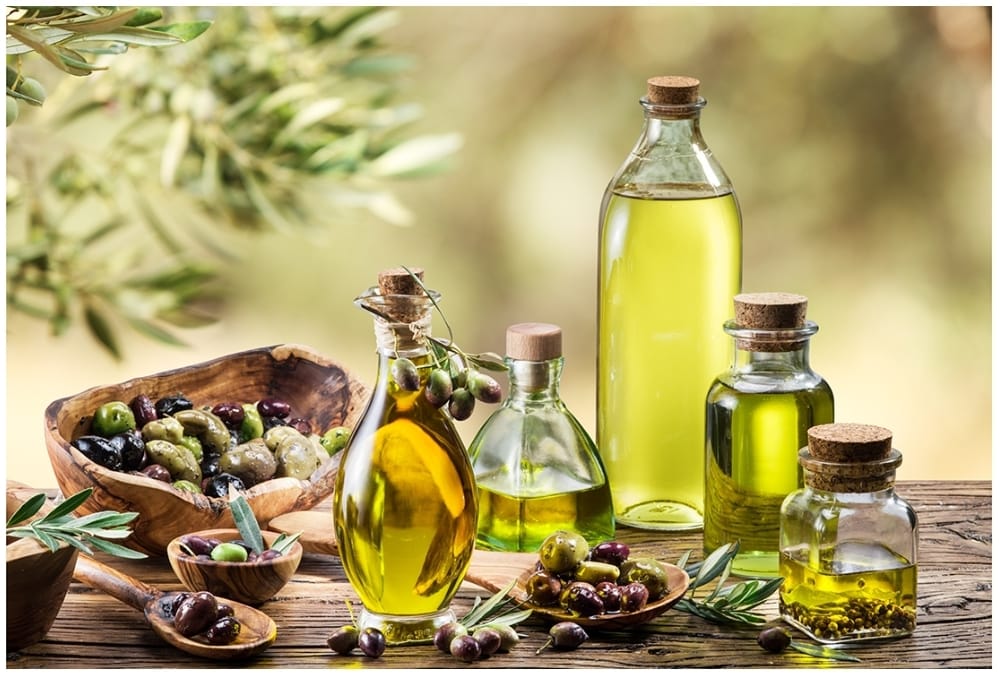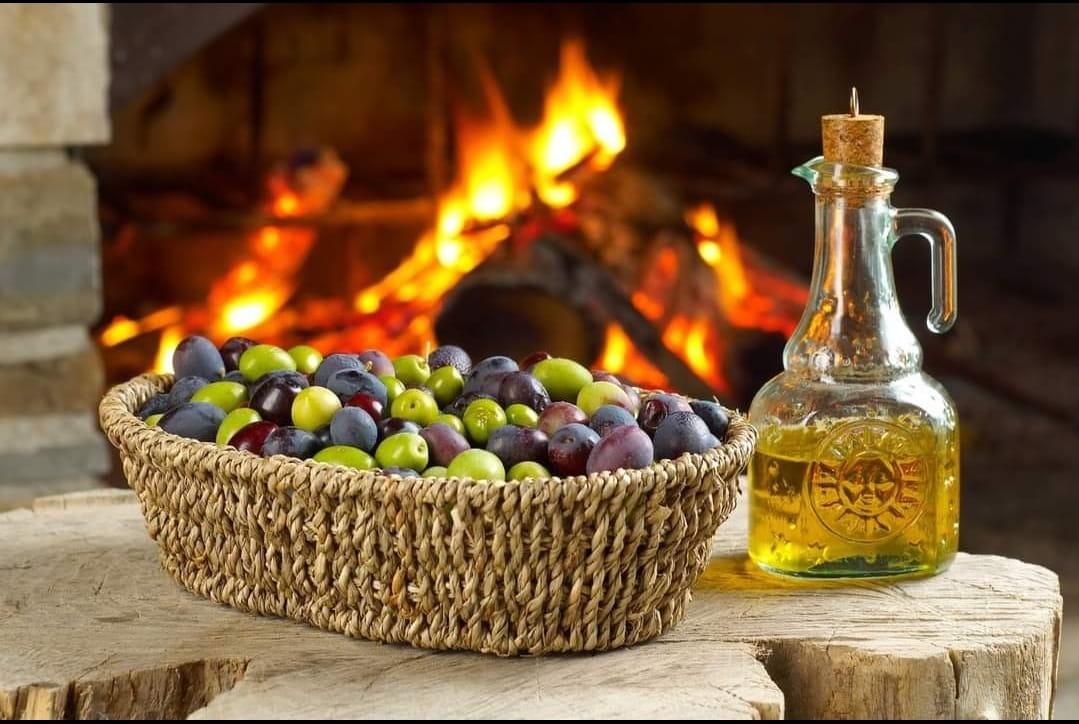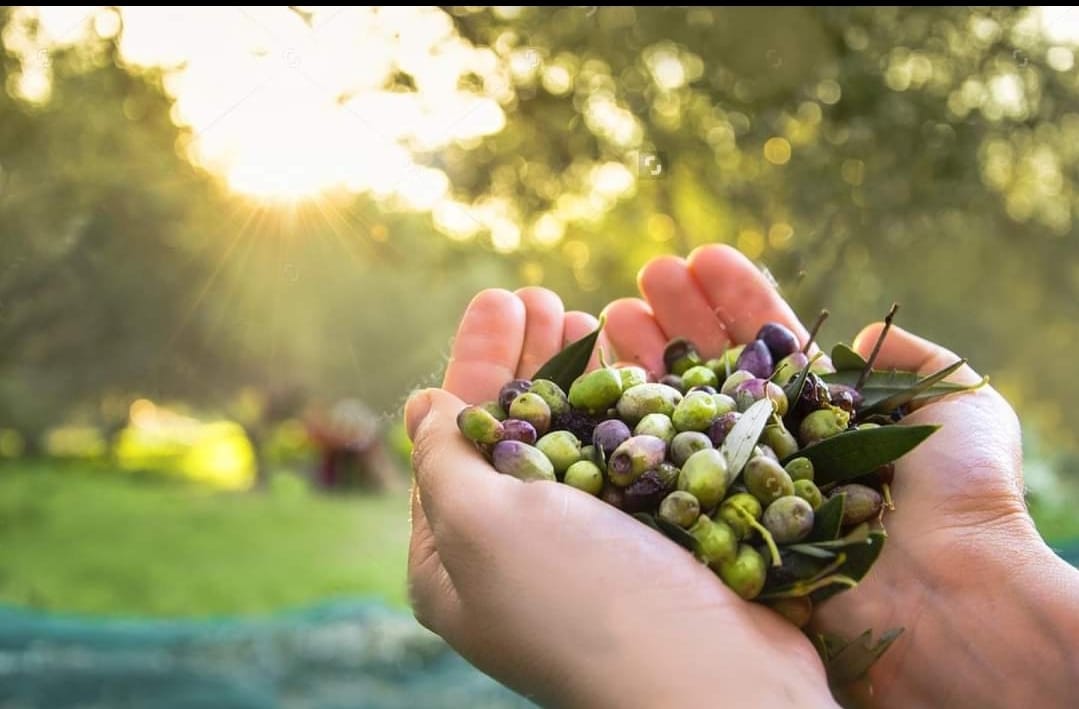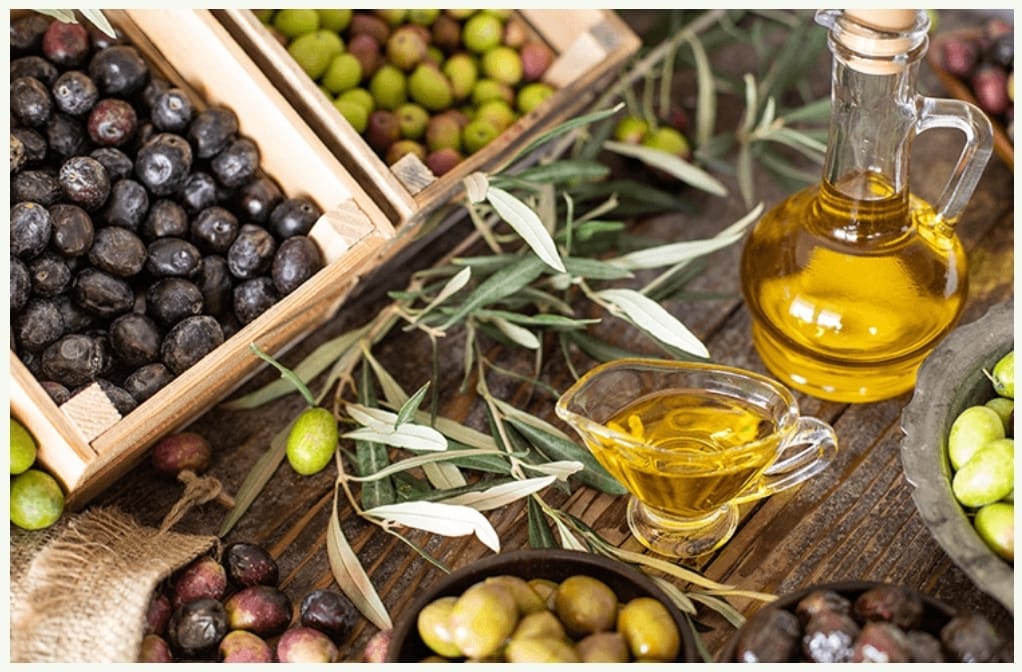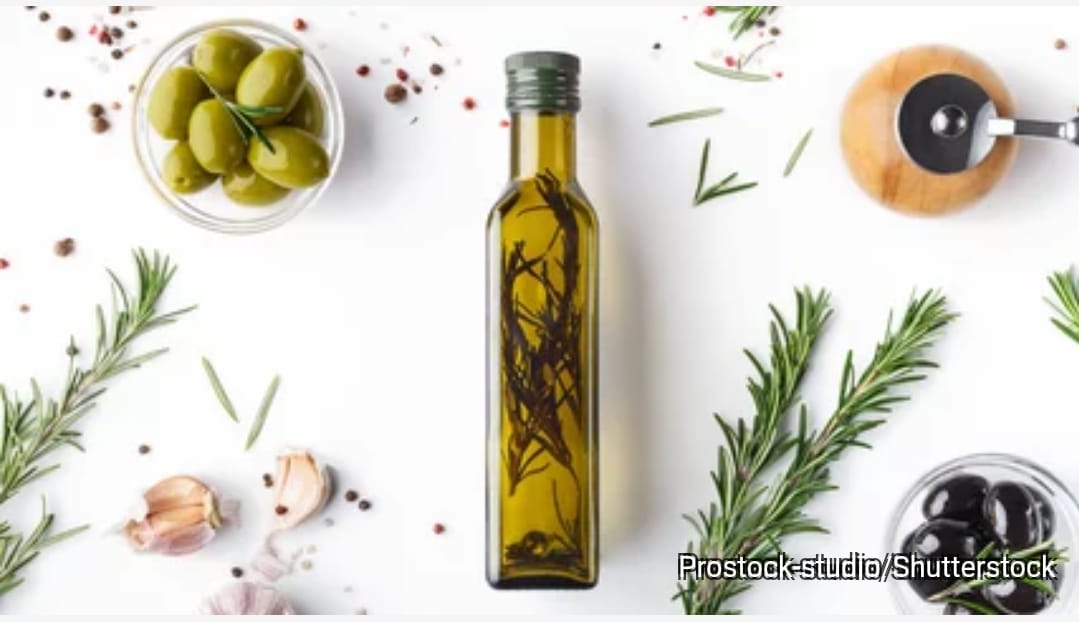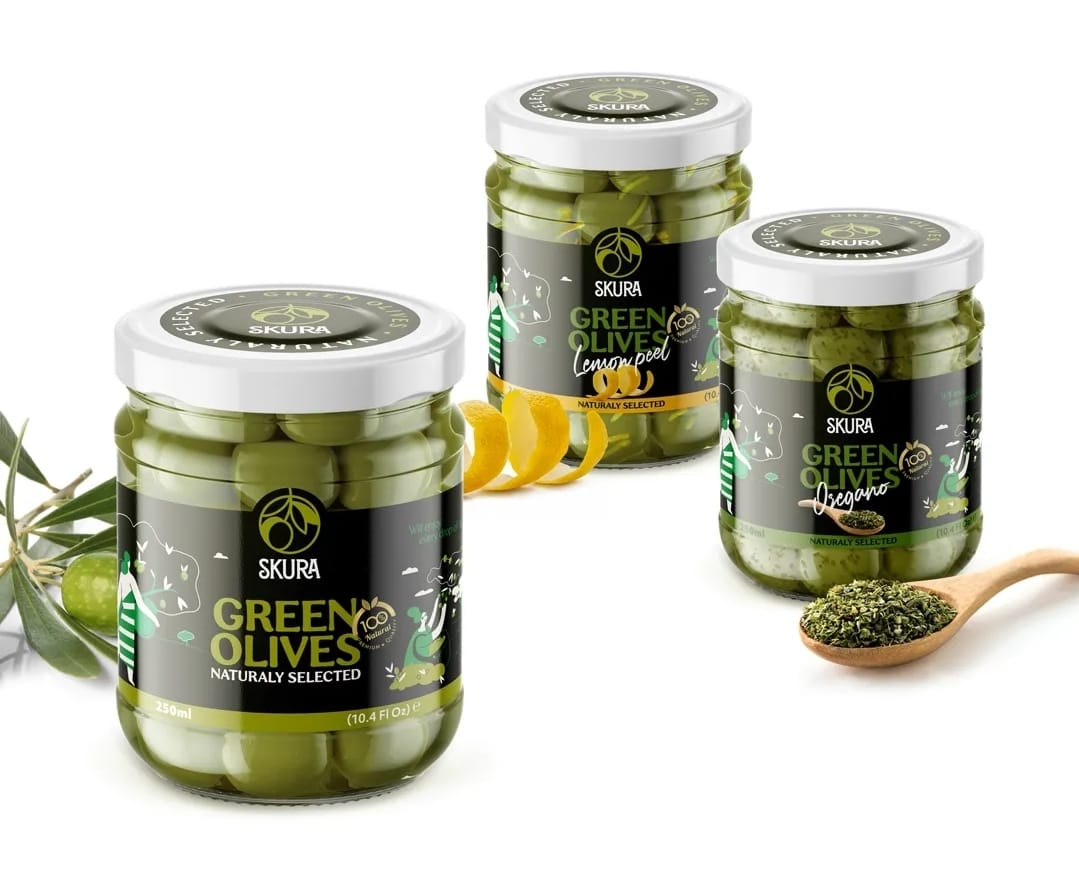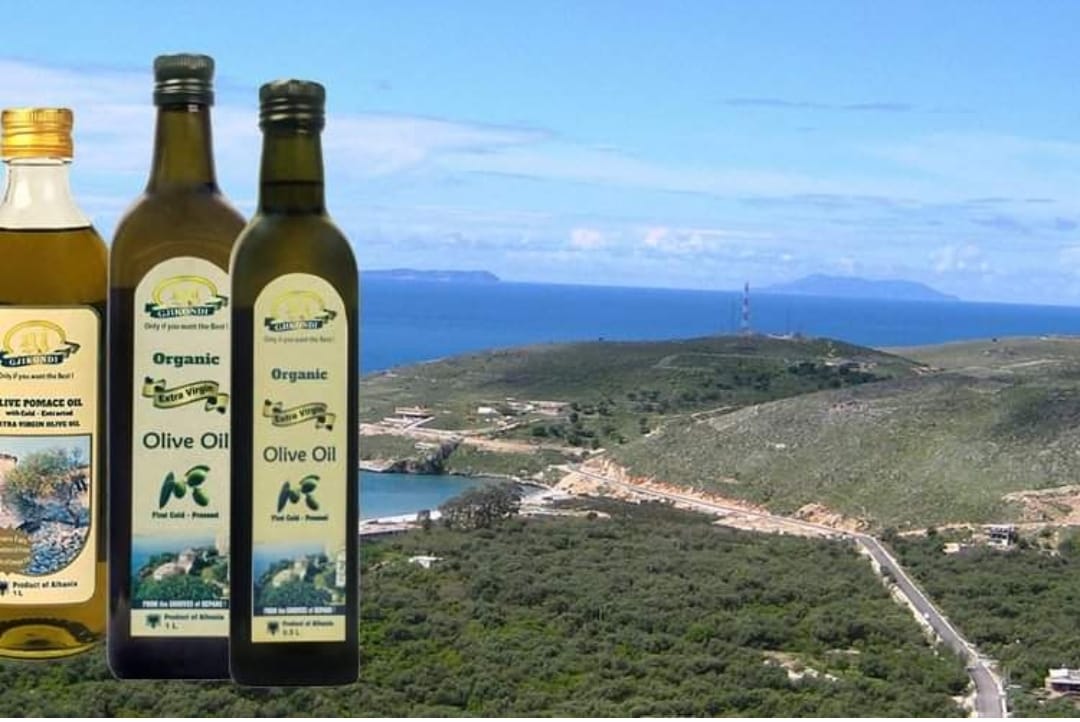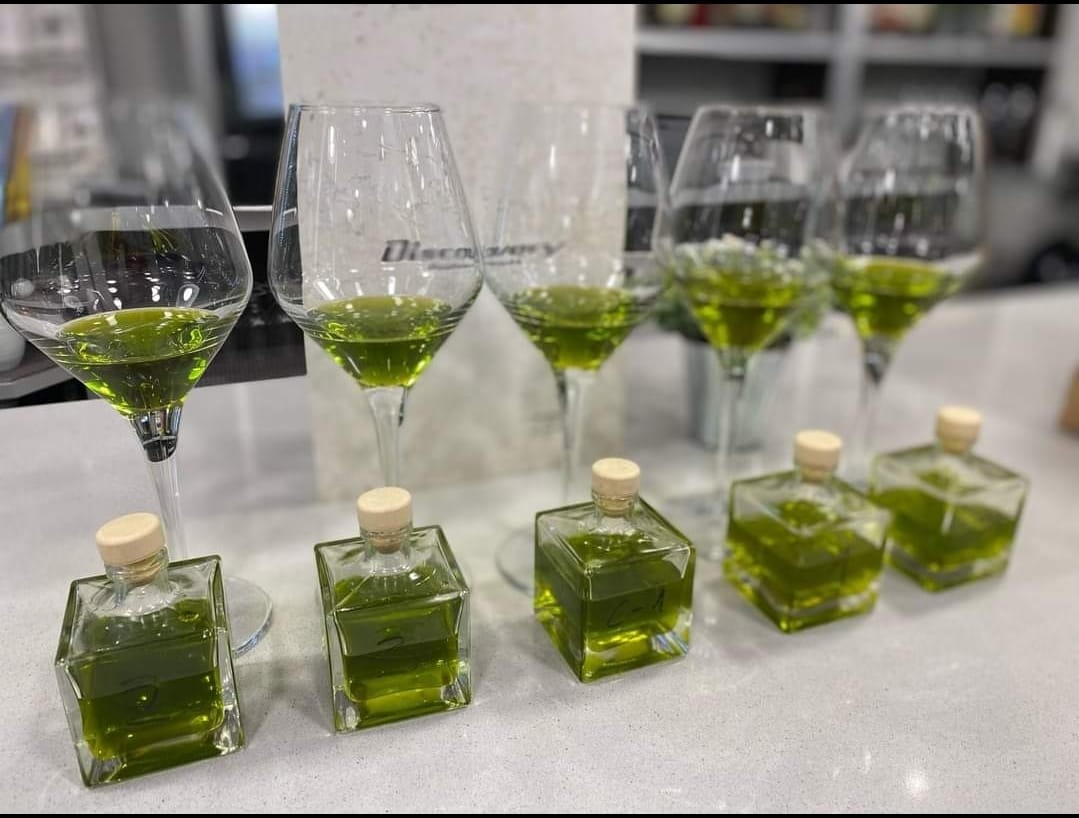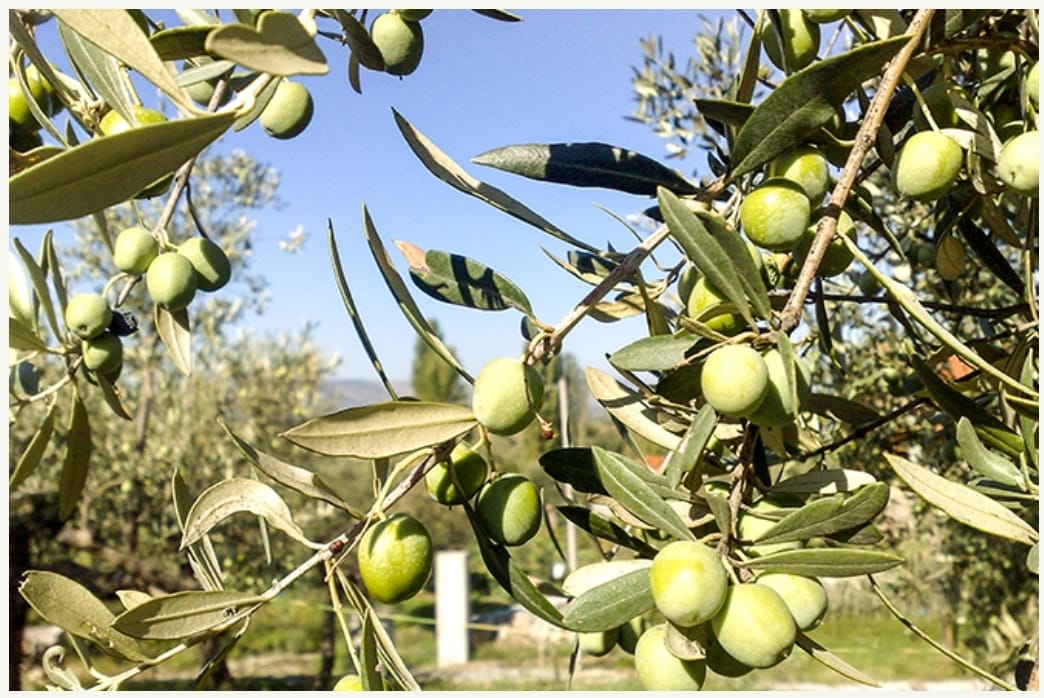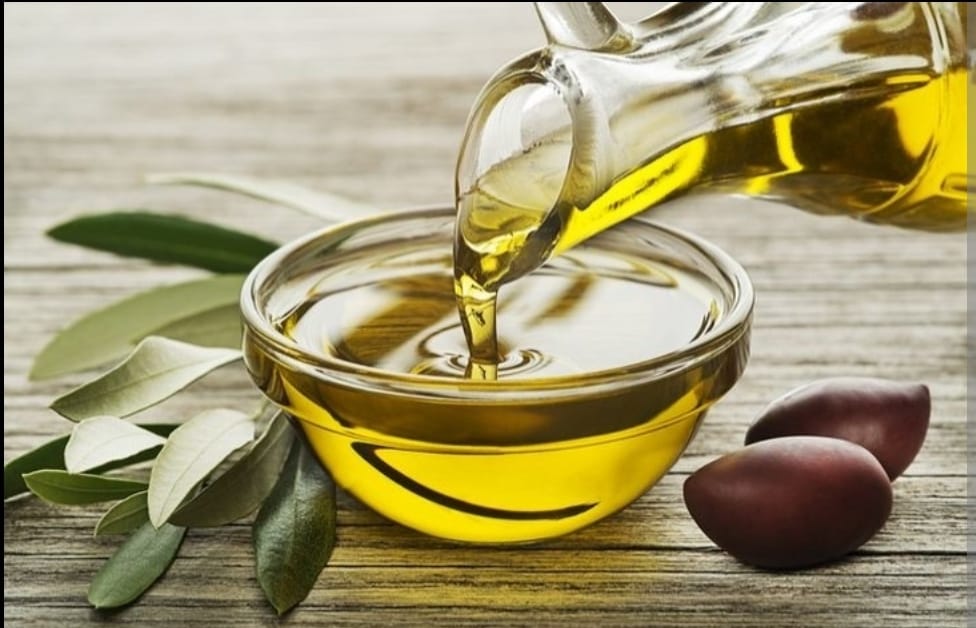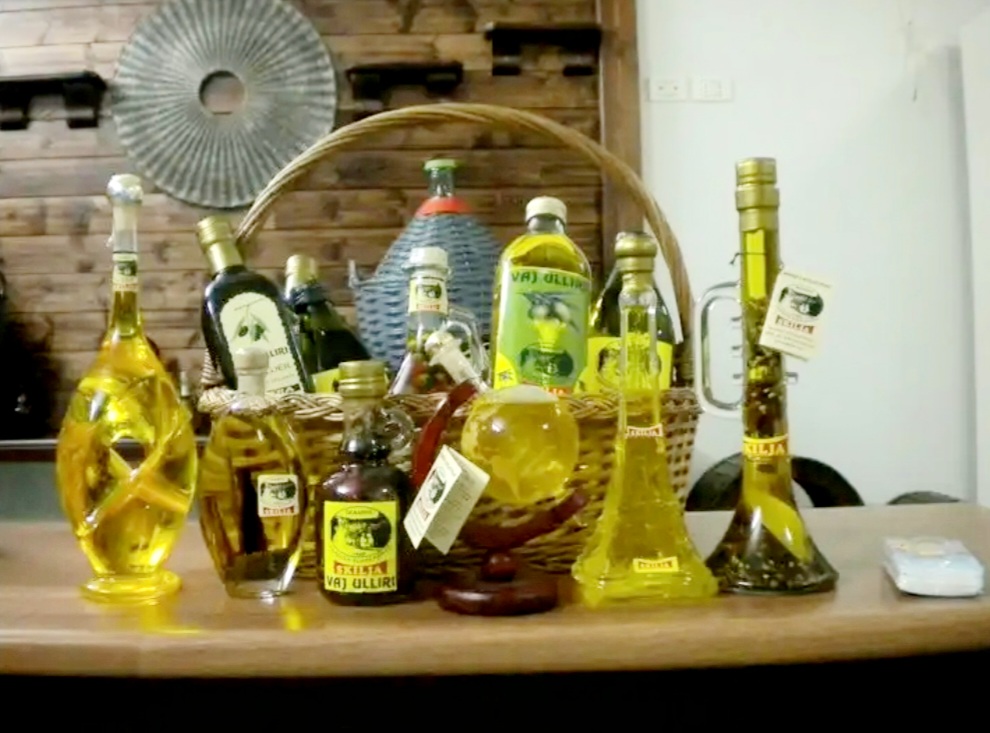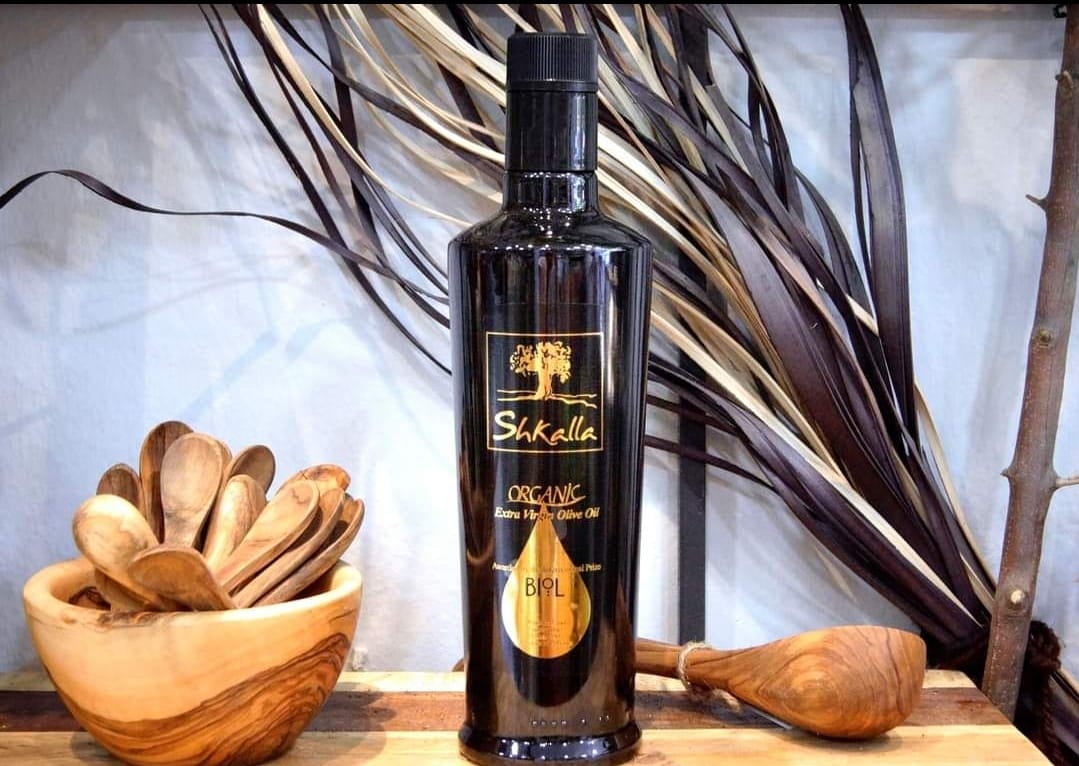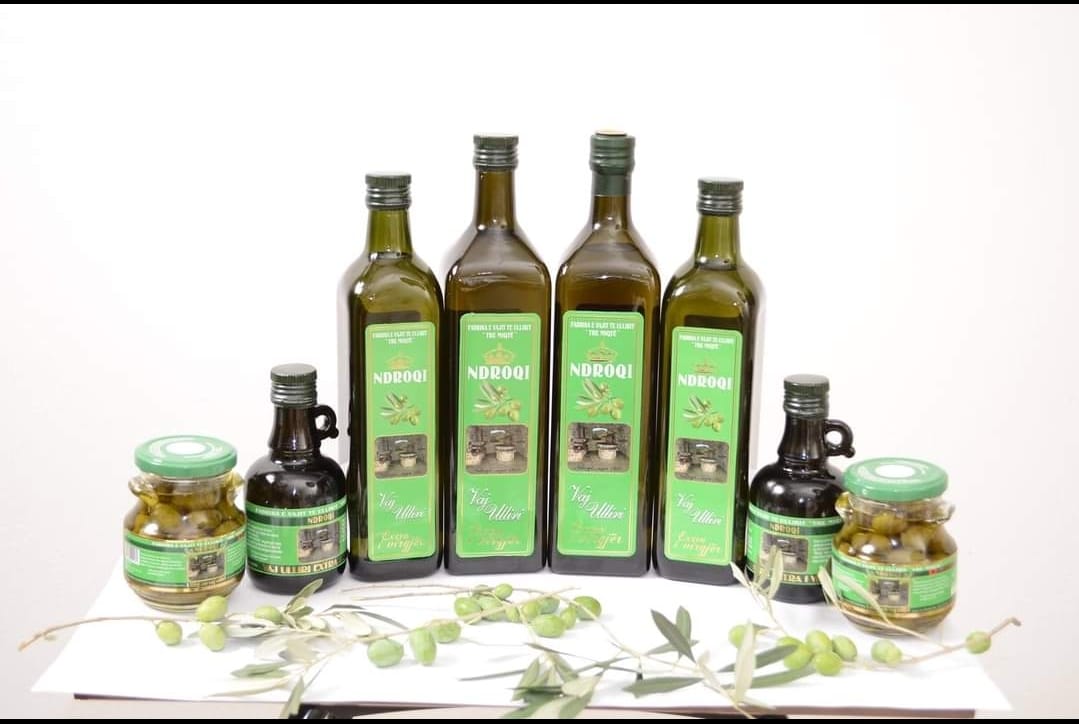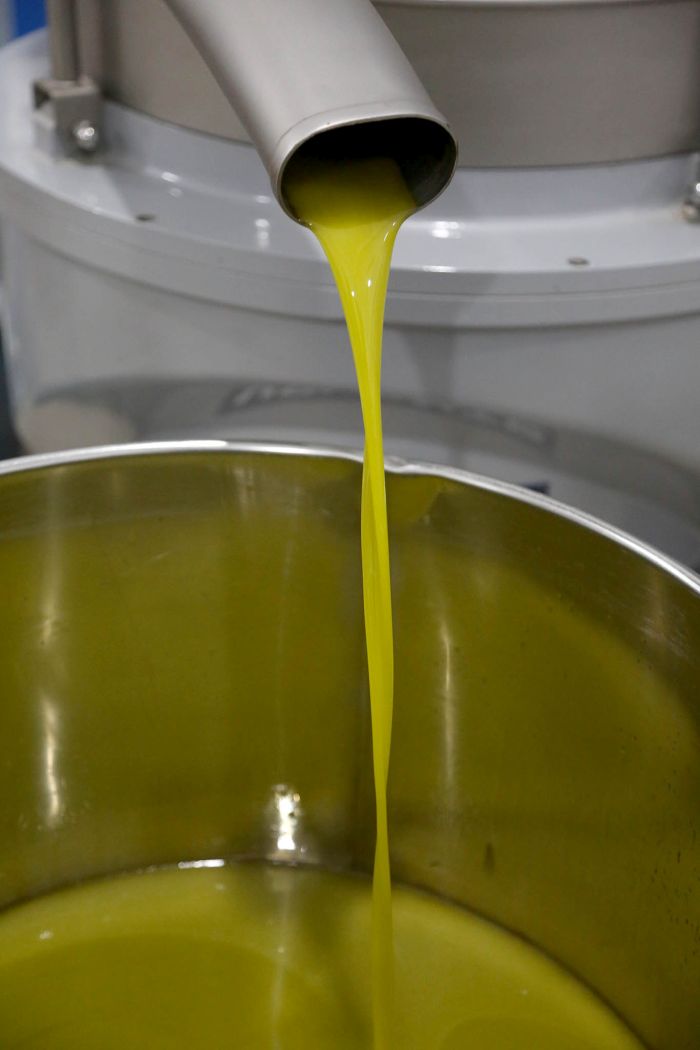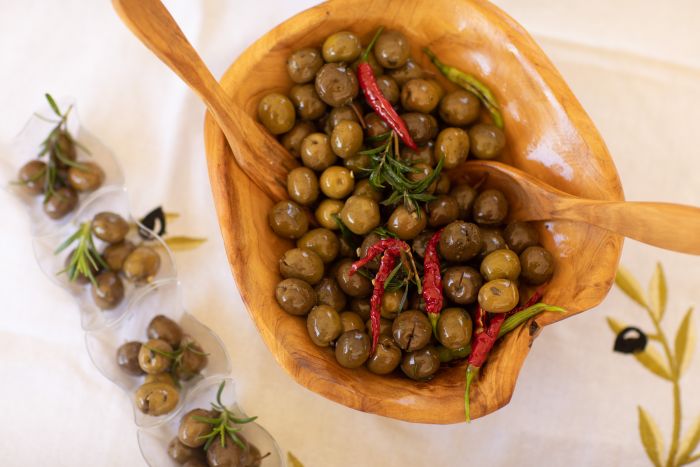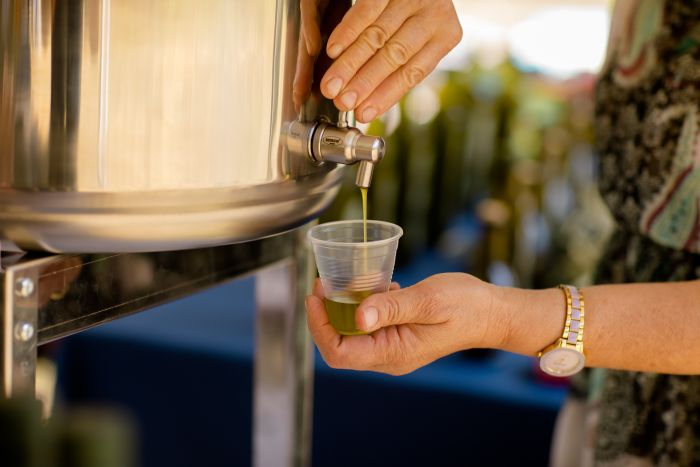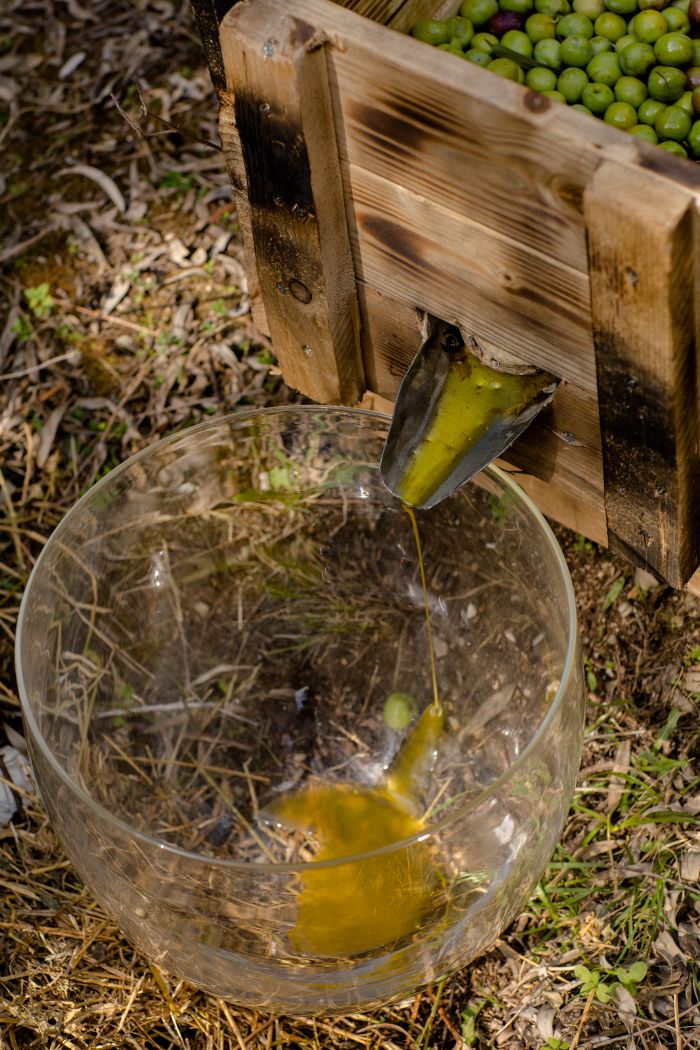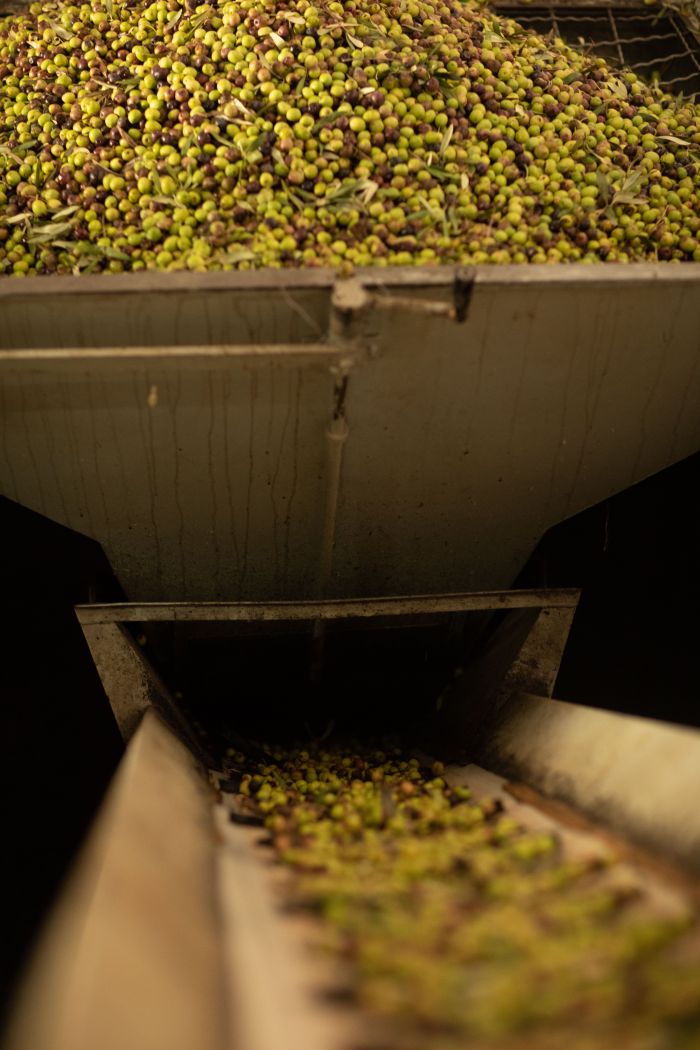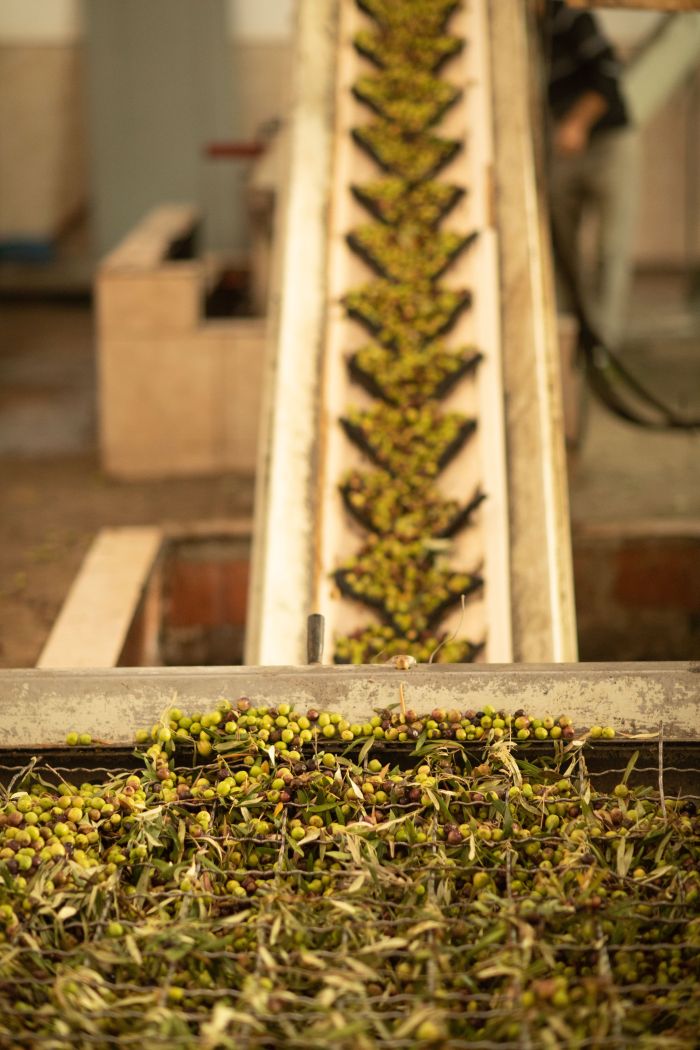The olive tree is the traditional symbol of abundance, glory and peace. Its leafy branches have historically been used to crown winners in friendly games and bloody wars. Olive is the most important ingredient of the Mediterranean diet and represents a complex system where history, nature and human knowledge have been fused over millennia.
The olive varieties grown in Albania are indigenous, thus adapting to the soil, climate and cultivation methods of the country. Being among the most important and widely cultivated crops, olive groves are extended cover the entire coastline from Saranda to Shkodra and the inland river valleys. The main varieties traditionally cultivated in the country are: Kokër Madhi i Beratit, Kalinjoti, Mizani, Krypësi i Krujës, Olliri i Bardhë i Tiranës, Zlliri i Zi, Ulliri i Kuq, Kallmet, and Nisiot. Among the foreign varieties one can mention Frantio, Lecinio, the Great of Spain, etc.
There is some connection remarked between the old Illyrian castles and the millennia-old olive groves, which are located in 53 villages in Albania, near or around these ancient castles. In Tirana, one can find those trees near the castles of Tujan, Preza, Ndroq, Petrela, Persqop, Tufina, Brari, Linza and Lanabregas. These destinations offer the potential for trips presenting a mixture of history and agritourism. Meanwhile, other major regions that produce olive oil are Berat, Vlora, and the Southern Riviera. All of these are destinations for mature tourists, however olive tours can provide an added experience.
November is the best time of the year to find high quality olive oil in Albania. One of the ways to find high quality and reasonably priced products is to visit these farms and buy directly at olive oil processing plants.
To contact the farm directly, please refer to their contact details.
